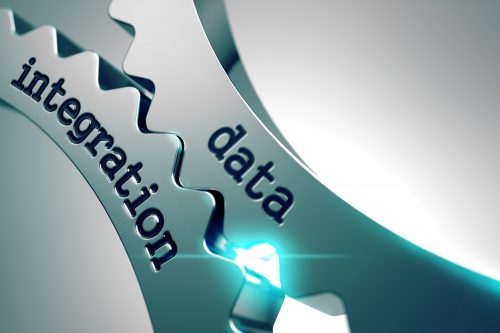Databases are organized collections of data, generally stored and accessed electronically from a computer system. More importantly, they also describe how that data relates to other data in the database. There are many different kinds of databases.
Hierarchical vs Relational: Structure, Advantages/Disadvantages
In this article, we’ll discuss hierarchical and relational database models to see how they serve different purposes, and how each model can help in data integration.
Structure of Hierarchical Database Model
A hierarchical database is a set of tables arranged in the form of a parent-child relationship. Each set of parents can have a relationship with any number of children. But every child can have a relationship with only one set of parents.
A hierarchical database model is a one-to-many relationship. You can think of it as an upside-down tree with the root at the top. To access data from the database, the whole tree has to be traversed starting from the root downwards.

For instance, take a look at the organizational chart of your company. It starts with your CEO, followed by the Team Leads, and so on down the line. This kind of structure is known as a ‘tree’. Each box is an element in the database and focuses on a particular person. The info for that person is stored based on its relationship to the elements around it.

Structure of the Relational Database Model
A relational database arranges info in the form of single or multiple tables. You can think of it as the phone list of your company. The list will have the individual’s name, their extension, and perhaps their department.
Each row of the table is an element in the database and is focused on a particular person. This is similar to a hierarchical database, however, the info for a specific person is stored in a table, where the position is based on when it was created.

Problems with Hierarchical Database Model
While the hierarchical model is suitable for simple structures, it only supports one-to-many relationships. This means each “child” can only have one “parent.” If, for example, the database contains the names of both parents and their children working for a company, you can’t describe the fact that both parents of each child worked for that company.
In the language of databases, this would be a “many-to-one” (or “many-to-many” if there’s more than one child involved) relationship, and hierarchical databases don’t describe them well.

Some other drawbacks of hierarchical database model are:
- It requires data to be repetitively stored in many different entities due to tree-like structure.
- It needs sequential searching, which means the database management system has to run through the entire model from top to bottom until the required information is found. This makes queries very slow.
Problems with the Relational Database Model
In the case of a relational database, data is normalized, which means lots of joins. This can affect performance. Plus, it has problems working with semi-structured data because it doesn’t obey the tabular structure of data models associated.
Overall, a relational database has the following drawbacks:
- The mapping of objects in a relational database is very difficult.
- Data integrity is difficult to ensure with relational databases.
- The relational model is not suitable for huge databases.
- Hardware overheads are incurred which make it costly.
- The relational database conceals the implementation complexities and the physical data storage details from the users.
Advantages of Hierarchical Database Model
Hierarchical database model offers the following advantages:
- The model allows you to easily add and delete new information.
- Data at the top of the hierarchy can be accessed quickly.
- This model works well with linear data storage mediums such as tapes.
- It supports systems that work through a one-to-many relationship. For instance, there’s a president with many managers below them, and those managers have many employees below them, but each employee has only one manager.
Advantages of the Relational Database Model
The relational model is one of the most popularly used database models.
Some of the key advantages of a relational database are:
- Data access isn’t affected by the changes in the database structure.
- It is easier to maintain security as compared to other models.
- You can use relational databases with little or no training.
- Database entries can be modified without specifying the entire body.
Relational databases avoid errors by allowing one record to apply to any number of other tables. For example, you can refer to a child record in a ‘is the child of’ relationship, and you can use the same record in a table of ‘children attending a company event.’ This helps avoid replication and you can use the same info in several ways, without unintentionally changing any record.
Relational databases are very good for providing other kinds of data hidden in the records, using queries written in Structured Query Language (SQL). This enables you to explore the database in ways not immediately apparent, such as finding all the children over a certain age, or all the parents with three or more children.
Hierarchical vs. Relational Database Models: Which One is Better?
Each database has its own set of pros and cons and finds its usage in an application or system purely based on the requirement.
For example, the library management systems use a decimal system that numbers the books similar to a tree by sharing the same parent number and then branches like trees. Similarly, we can use the tree-like model to store names in a phone directory. In these systems, the relational database model does not work well as its concept is different.

But when we consider an organization, the details of employees or goods can’t fit a tree-like structure. Therefore, tables can be a better solution to store such details. So here a relational database is a better choice.

Astera Centerprise comes with a wide variety of pre-built connectors, transformations, and aggregations that you can use to quickly and easily analyze and retrieve meaningful information from your database. Using the workflow automation and job scheduling capabilities, you can automate your database integrations and shorten your time-to-insight journey while reducing process execution time.






